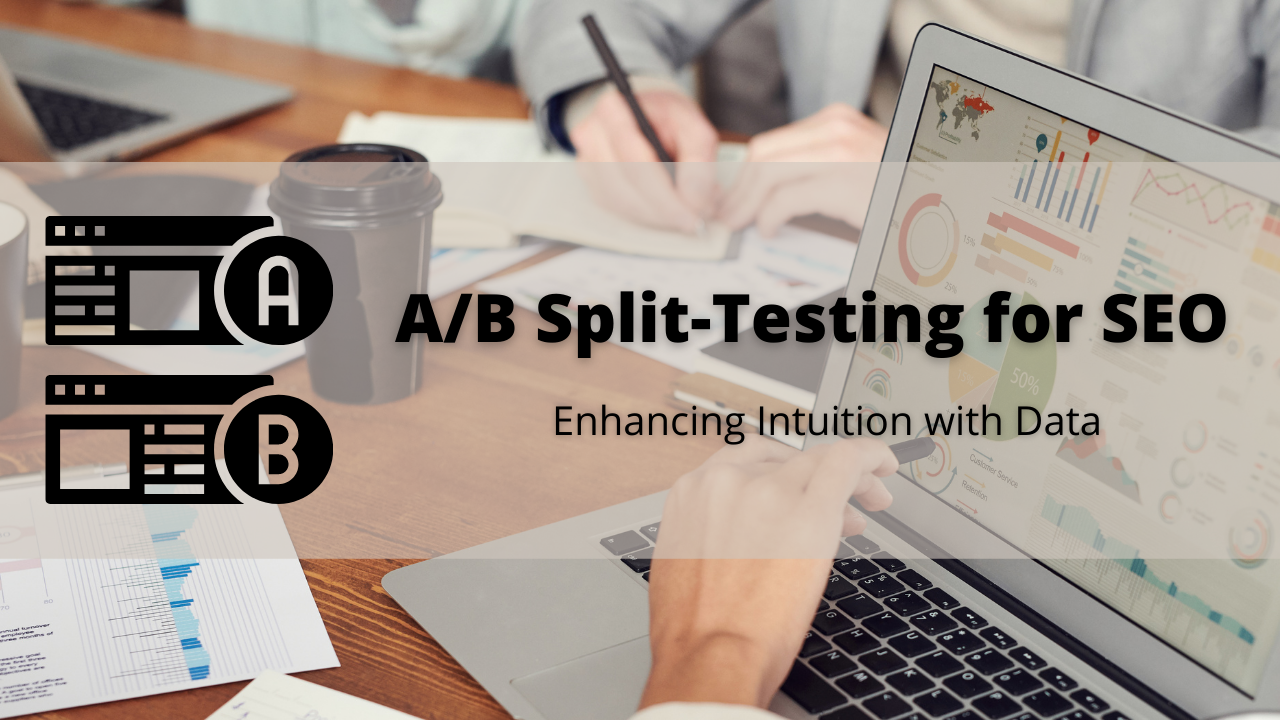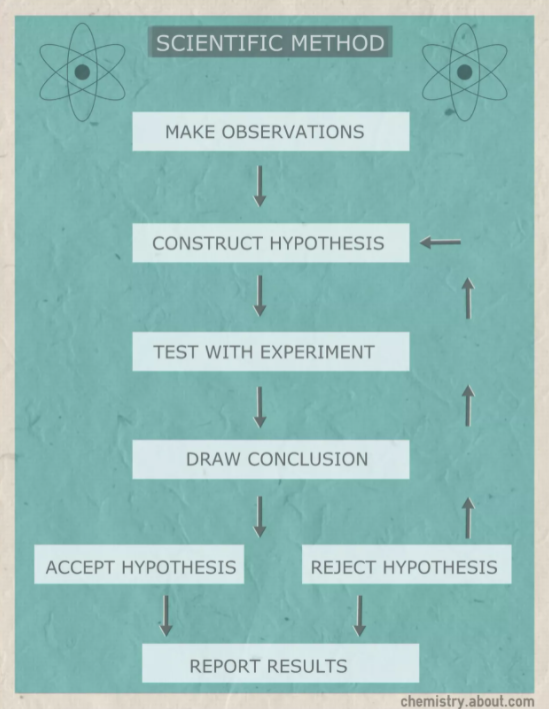It seems that every year SEO experts and journals dedicated to inbound marketing compile a list of general trends in Google intent algorithms and user expectations – the keyword here being “general”. Their findings may be based on mountains of data pulled from research and case studies – and it’s probably a good idea to implement some of these recommendations to boost your own website’s performance – but they don’t necessarily reflect the reality of businesses operating in niche spaces.
To get an accurate picture of what your users are expecting from your content, you really need to conduct your own research and experiment with various website and content tweaks – that is, you should be utilizing A/B testing for SEO. Incorporating A/B split-testing into your routine SEO strategy will enable you to reach your ultimate goals when it comes to website optimization: greater organic traffic and higher conversion rates.
What Is A/B Split-Testing for SEO?
A/B testing or split testing is a process of trial and error, where you’ll test one or multiple versions of your site against an unchanged version (the control). Each version will have its own URL. Each variant usually only differs in one way from the control site, which makes it easier to attribute incoming data to a single source of change, such as variations of title tags or color schemes.
Your original page is version A and alternate test versions will be B and so on. You’ll set some test thresholds that control which segments of an audience are redirected to each page and then compare the performance of each variant against the control.
The ultimate goal of A/B split-testing is to figure out what works and what doesn’t work. This means that no matter the outcome, whether your hypothesis was proven right or wrong, the data is still immensely useful and can be applied to improve your website performance on the Google search engine results pages (or SERPs).
How A/B Testing Informs Smarter Marketing Strategies
The mind is a tricky thing. Unbeknownst to us, we often make decisions based on biases and preexisting beliefs operating in the background. Most of us would like to believe we are unbiased and objective when it comes to decision-making, but our brains have other ideas.
Digital marketing is an art whose foundation is research and data. Even if you’ve successfully relied on gut feelings in the past, data can only serve to enrich your intuition. You should really let data gathered from split-testing inform your creativity.
Testing your website’s performance against a control can shed light on assumptions that have been diverting valuable traffic from your site, allowing you to streamline your digital marketing strategy, save money, and increase conversion rates.
You’ll be able to identify the few most important inputs that affect most of your performance. We highly recommend you keep the Pareto principle in mind: 80 percent of the outcomes stem from 20 percent of the inputs.
Additionally, conducting your own SEO research gives you control over your own data. It provides you with real-world feedback for unique perspectives into how your content performs within your niche – not just generalized trends gleaned from an article written by someone else. You’ll be able to unravel Google intent algorithms and user expectations as they relate to your business and answer the question “what should your content actually deliver?”.
While A/B testing will require an investment of time in the backend, the money saved and the profit gained will be well worth it. The insight obtained into off-site performance within Google SERPs is invaluable.
Using the Scientific Approach in Digital Marketing Research
It’s time to put your lab coat on – safety goggles optional. Good SEO research is much like the research conducted in science labs. Whether intentionally or not, smart SEO marketers follow the scientific method, which involves a systematic gathering of evidence to explain the phenomena around us.
https://www.thoughtco.com/scientific-method-flow-chart-609104
All research begins with observations that give rise to questions. You might notice, for example, your website has plenty of organic traffic but hardly any of your visitors hang around long enough to make a purchase. This leads you to ask, “Why do people visit my website but fail to take action”.
To answer this question, you’ll need to create a hypothesis, which is a tentative conclusion based on limited information meant to act as a starting point for further investigation. You’ll likely end up with a few theories. Sticking with our example above, let’s say you settle on a couple of hypotheses to test: (1) My website ranks high in Google SERPs for these keywords, but I’m probably not using the optimal keywords for my business niche. If I use more specific long-tail keywords, I will attract my desired audience and my conversion rate will increase. (2) The vast majority of people who visit my site do not make a purchase. If I restructure my content to make it easier to navigate, my conversion rates will improve.
Now it’s time to test your theories. This will require three sites with separate URLs: (1) The unchanged control website. (2) Version B with long-tail keywords. (3) Version C with rearranged navigation menus. Set your thresholds and let the data stream in.
As far as the appropriate duration of your experiment, this will vary depending on a variety of factors. The long and short of it is you want to continue the experiment for as long as it takes to answer your question, but not so long that your ROI becomes insignificant. A digital marketing expert, such as SeoTuners’s own “Google Wrangler”, can help direct the process for optimal ROI.
Once all the data is in, it’s time to analyze it. Perhaps you conclude the results support your first hypothesis but refute the second. This doesn’t mean the first experiment was a success, while the other was a failure. Even if your theories are proven incorrect, there is still plenty to learn from the data of a wrong hypothesis.
The Takeaway
With A/B split-testing, you can evaluate pretty much anything that affects SEO, from header and title tags and CTA messaging to color schemes, and use what you’ve learned to massively improve your website’s performance.
With that being said, we’ll leave you with these final thoughts:
- Intuition without data is misleading.
- You must prioritize in-house experimentation and research over following trends.
- All data is golden, whether or not it proves your hypothesis.
- The amount of time invested upfront yields triple the gains.
Are you ready to take your website to the next level? Then it’s time to reach out to the pros. You can contact SeoTuners by filling out our contact form here or giving us a call at (877) 736-1112. We leverage the data to boost website traffic that will convert to sales.

